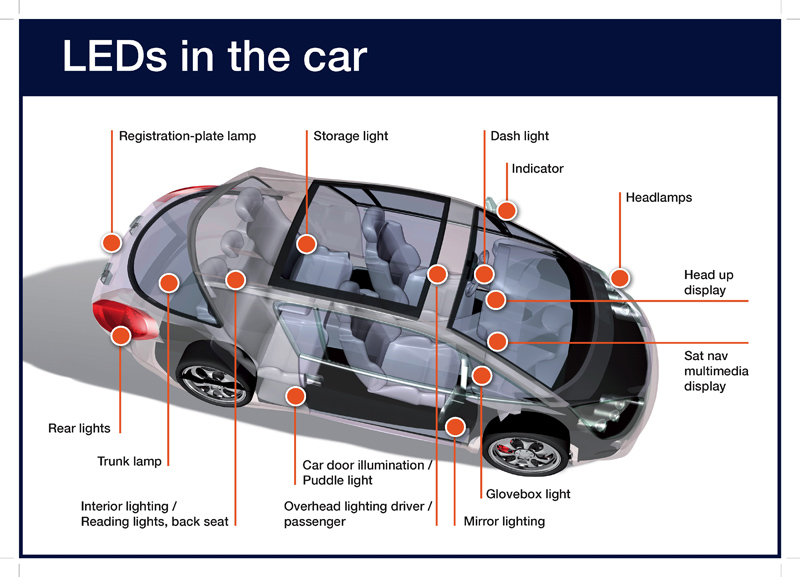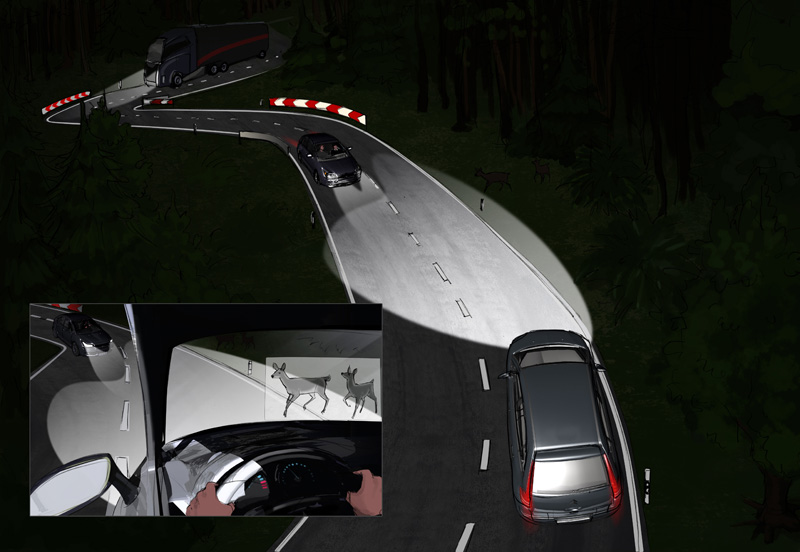A few dozen years ago, engineers fresh out of school were assigned to the power supply team; the most boring and least challenging aspect of the system and the one most forgiving of inexperience. Could it come to that again? Not likely. But you really should ask yourself, who is really managing your power management? Is it you or your suppliers? Who really understands your power management needs and more importantly, the solution you've implemented? Is your 7Amp 1.2V solution overkill for your 2.9Amp requirement? Could a lower cost LDO be used instead of that switcher? "Gee, thanks Mr. Semiconductor Company Applications Engineer for designing most of my system with all your high margin chips. It sure plays nice in my application." Power Management is more than developing solutions that run cool and conserve power. It's also about managing cost. With today's plethora of fifteen and twenty cent chips, it's easy to assume your design is financially viable. But is it?

Financial management is inextricably intertwined with power management. Often power management solutions transcend multiple product generations. It's the most logical place to drive cost out of a system for greater long term savings. Yet, for some reason, it's also the most overlooked. The following represents the power board for a typical consumer application (see Figure 1). Depending on total volume, the Bill of Materials may range from $1.00-$1.50 at the low end, to perhaps as high as $2.00. Integrating these seven chips into what is called and iASIC, or integrated ASIC, would yield a much lower cost single chip solution while retaining all the desired power saving functionality of the original designs. An iASIC (a chip integrating existing functions without the need to create new IP) is easy to accomplish and has a short Development time. The cost of the iASIC for the above set of requirements would be in the neighborhood of $0.60 each.

Power Management is as much about Power as it is about Finance. The maniacal focus on conservation of energy and power needs to be coordinated with the conservation of cash. The graph below clearly shows the financial benefits of integration using an iASIC. These numbers are typical and include amortization of all NRE and tooling costs to develop and put the iASIC into production. The vertical scale is the total estimated lifetime volume of the iASIC and the horizontal axis is the approximate cost of the components being integrated (see Figure 2). Where does your application fit on this graph? JVD